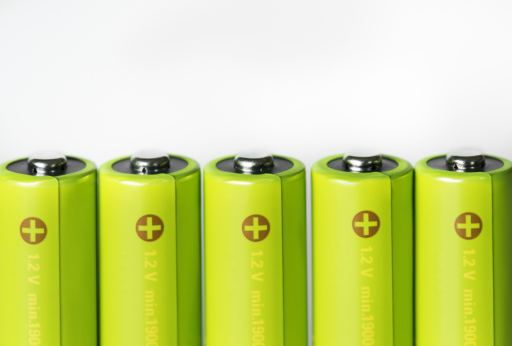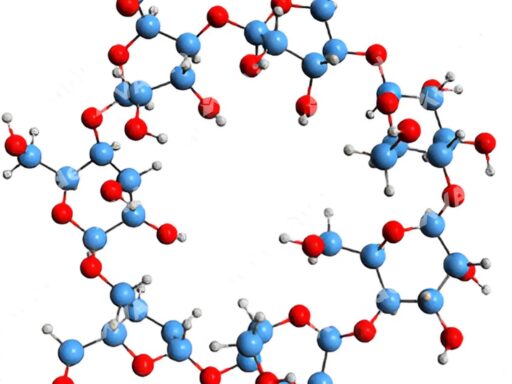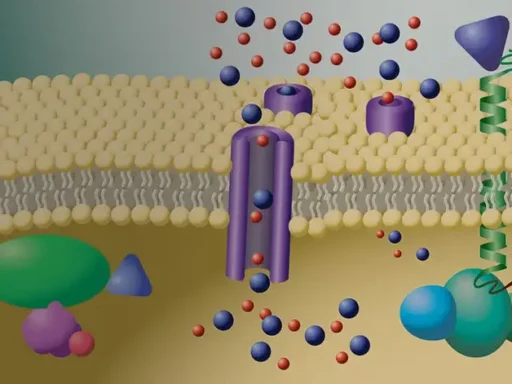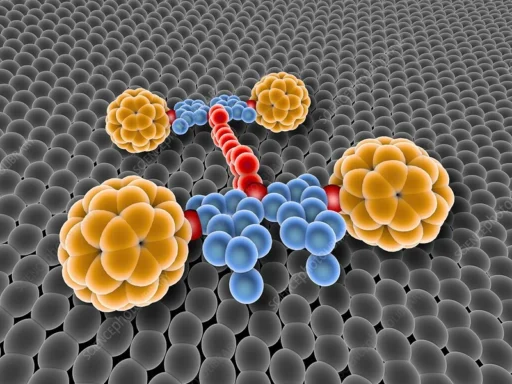Table of Contents
Introduction of Development of Lithium-Ion Batteries:
Lithium-ion batteries play a crucial role in contemporary energy storage and power supply technologies. The widespread presence of cell phones, electric vehicles, and renewable energy sources highlights their significant influence on our everyday lives. This article provides a detailed exploration of the development of lithium-ion batteries. It discusses their historical evolution, breaks down their components, examines their developmental phases, highlights their advantages, analyses the challenges they face, explores their various applications, predicts their prospects, and concludes with a reflective summary.
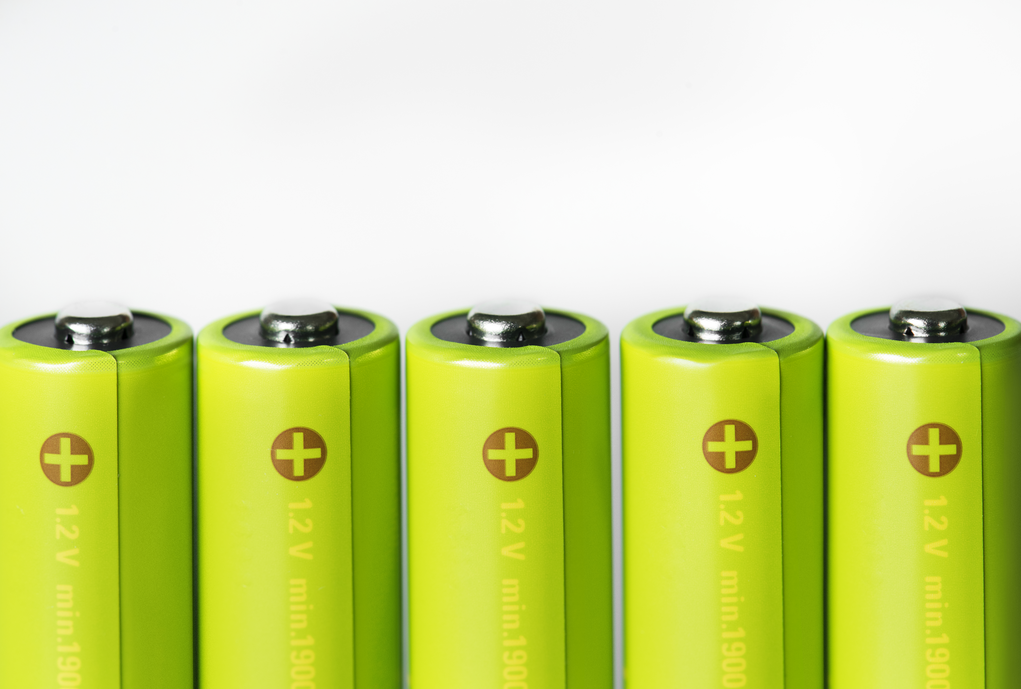
Historical Progression for Development of Lithium-Ion Batteries:
The development of lithium-ion batteries began in the 1970s when scientists started investigating lithium as a possible material for the anode due to its low weight and strong electrochemical potential. Nonetheless, it was not until the 1990s that Sony introduced the first commercially available rechargeable lithium-ion batteries, therefore transforming the landscape of portable electronics. Subsequently, a deliberate combination of scientific investigation, technological advancements, and engineering achievements has catapulted lithium-ion batteries from their early stages to their current importance.
Constituents for the Development of Lithium Ion Batteries:
Development of Lithium-ion batteries consist of four essential components, each of which plays a crucial part in their operation:
- Typically composed of graphite, the anode serves as the storage location for lithium ions during battery charging.
- The cathode, which consists of different materials like lithium cobalt oxide, lithium iron phosphate, or lithium manganese oxide, enables the insertion and removal of lithium ions throughout the process of charging and discharging.
- A separator is a permeable membrane that prohibits direct contact between the anode and cathode, preventing short circuits while allowing the movement of lithium ions.
- Lithium salts dissolved in a solvent form an electrolyte, a solution that conducts electricity. It allows for the movement of lithium ions between the anode and cathode during battery charging and discharging
Stages of Development of Lithium Ion Batteries:
We can divide the progression of development of lithium-ion batteries into clearly defined stages of development:
- The first generation of this technology is characterized by initial research and basic prototypes that have Poor energy density, a short cycle life, and safety concerns.
- The second generation refers to a time of gradual improvements achieved by advancements in electrode materials, electrolyte formulas, and manufacturing techniques. These advancements lead to improved performance and safety characteristics.
- The third generation is characterized by the investigation of new materials and inventive designs to enhance energy density, cycle life, and safety features.
- Current Innovations: Advanced research efforts, aimed at tackling current problems, investigating new materials for the future, and developing groundbreaking technologies like solid-state batteries and lithium-sulfur chemistries, mark the current environment.

Benefits of Development of Lithium Ion Batteries:
Development of Lithium-ion batteries provide numerous advantages compared to traditional battery chemistries:
1. High energy density
refers to the ability to store large amounts of energy in a small and compact size, allowing for easy incorporation into both portable and stationary devices. Lithium-ion batteries have high specific energy, which means they provide a lot of power for their weight. This makes them well-suited for portable gadgets and electric cars.
2. Capable of being recharged.
Lithium-ion batteries have a strong ability to be recharged and may go through numerous charge and discharge cycles without significant deterioration, resulting in a lengthy operational lifespan.
3. Low Self-Discharge
Lithium-ion batteries exhibit modest self-discharge rates, allowing them to maintain stored energy for long periods and reducing energy loss during periods of inactivity.
Difficulties:
Although lithium-ion batteries offer numerous benefits, they also face various obstacles that require focused study and innovation.
1. Issues related to safety:
The presence of inherent risks, including thermal runaway, overcharging, and short circuits, presents substantial safety hazards, particularly in high-energy applications like electric vehicles and grid-scale energy storage systems
2. Factors affecting cost:
The prices of raw materials, specifically lithium, cobalt, and nickel, influence the production costs of lithium-ion batteries. These prices are subject to fluctuations caused by geopolitical variables and supply chain dynamics.
3. Ecological Consequences:
The extraction, processing, and disposal of lithium-ion battery materials have significant environmental impacts, such as depleting resources, destroying habitats, and generating toxic waste. Therefore, it is crucial to implement sustainable recycling and disposal methods.
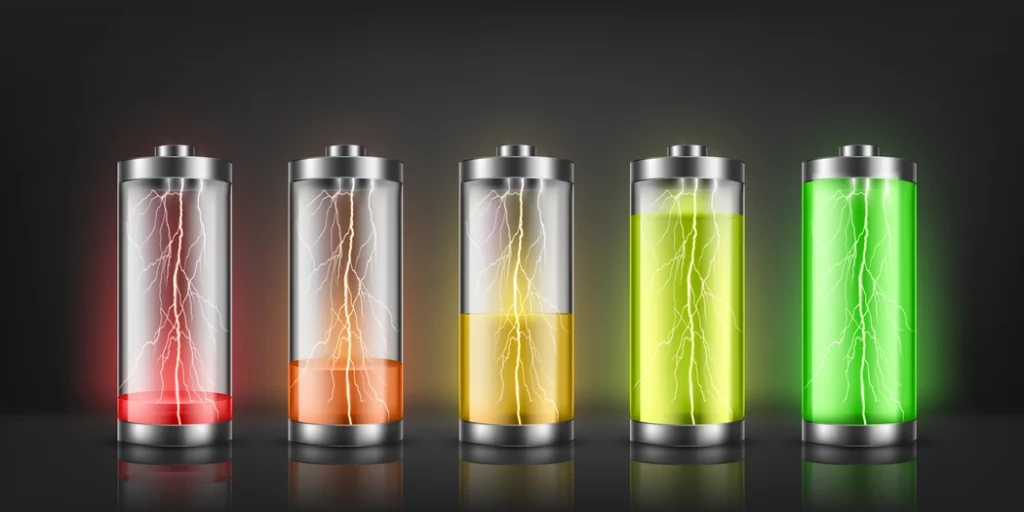
Use Cases:
Lithium-ion batteries are widely used in several industries and areas, including, but not limited to:
- The electronics sector drives a wide range of consumer gadgets, including smartphones, laptops, tablets, and wearable devices, facilitating smooth mobility and connectivity.
- The automotive industry relies on electric cars (EVs) and hybrid electric vehicles (HEVs) to store energy, enabling emission-free transportation and decreasing reliance on fossil fuels.
- The renewable energy sector offers scalable energy storage options for sources including solar photovoltaic (PV) and wind turbines. These systems enable grid stabilization, load shifting, and off-grid electrification projects.
Prospects for the future
The future course of development of lithium-ion batteries technology is filled with prospects and obstacles, driven by developing patterns and disruptive advancements.
1. The emergence of solid-state electrolytes
offers the potential for improved safety, energy density, and lifespan, leading to the development of lithium-ion batteries that are both safer and more long-lasting.
2. Silicon anodes
have the potential to increase energy density and enhance cycling stability, leading to the emergence of high-performance lithium-ion batteries.
3. Enhanced Battery Management Systems:
Battery management systems (BMS) that utilize artificial intelligence (AI) and machine learning (ML) algorithms have revolutionized the monitoring, maintenance, and performance of lithium-ion battery systems. These innovations enable real-time monitoring, predictive maintenance, and optimized performance, resulting in increased dependability and efficiency.
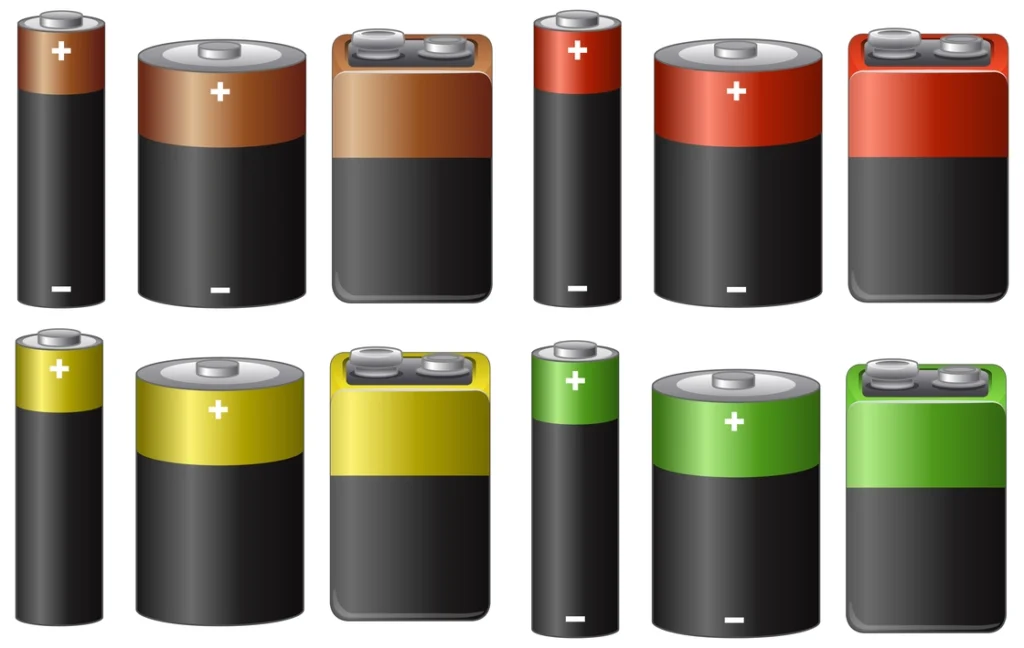
In conclusion:
Ultimately, the advancement of the development of lithium-ion batteries represents the harmonious combination of scientific creativity, technological progress, and societal need. Despite facing obstacles such as safety issues, financial considerations, and environmental impacts, the unwavering commitment to advancement and the search for sustainable alternatives offer the potential for a more optimistic, environmentally friendly, and highly electrified future driven by the development of lithium-ion batteries.
Frequently Asked Questions
- Are lithium-ion batteries considered safe for regular use?
- The main constituents of lithium-ion batteries are typically lithium compounds, such as lithium cobalt oxide or lithium iron phosphate, used as the cathode material, and graphite or other carbon-based materials used as the anode material.
- What is the lifespan of lithium-ion batteries before they require replacement?
- What measures are in place to lessen the effects of lithium-ion batteries on the environment?
- What are the current developments influencing lithium-ion battery technology’s future?
For more chemistry blogs, visit chemistry master

